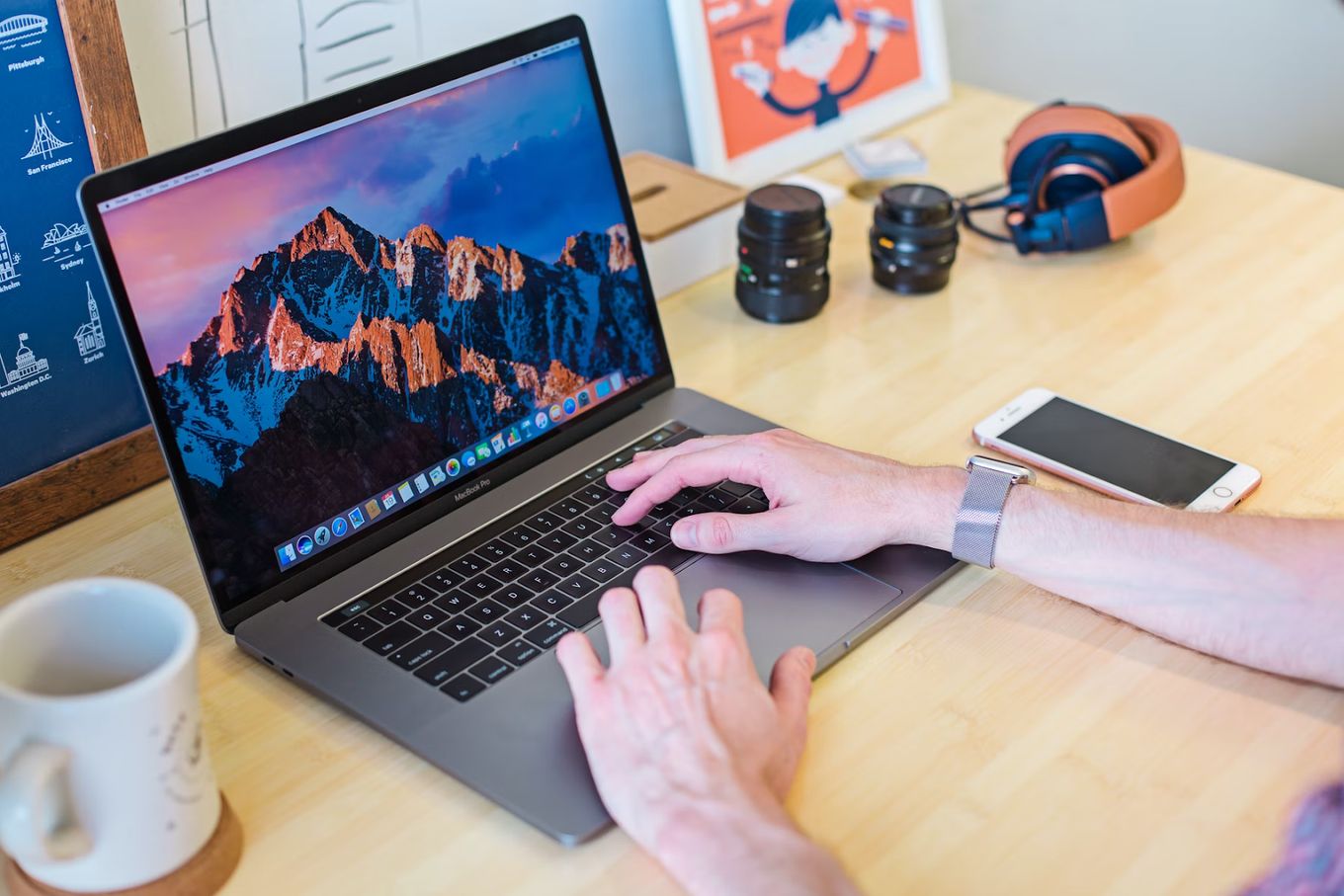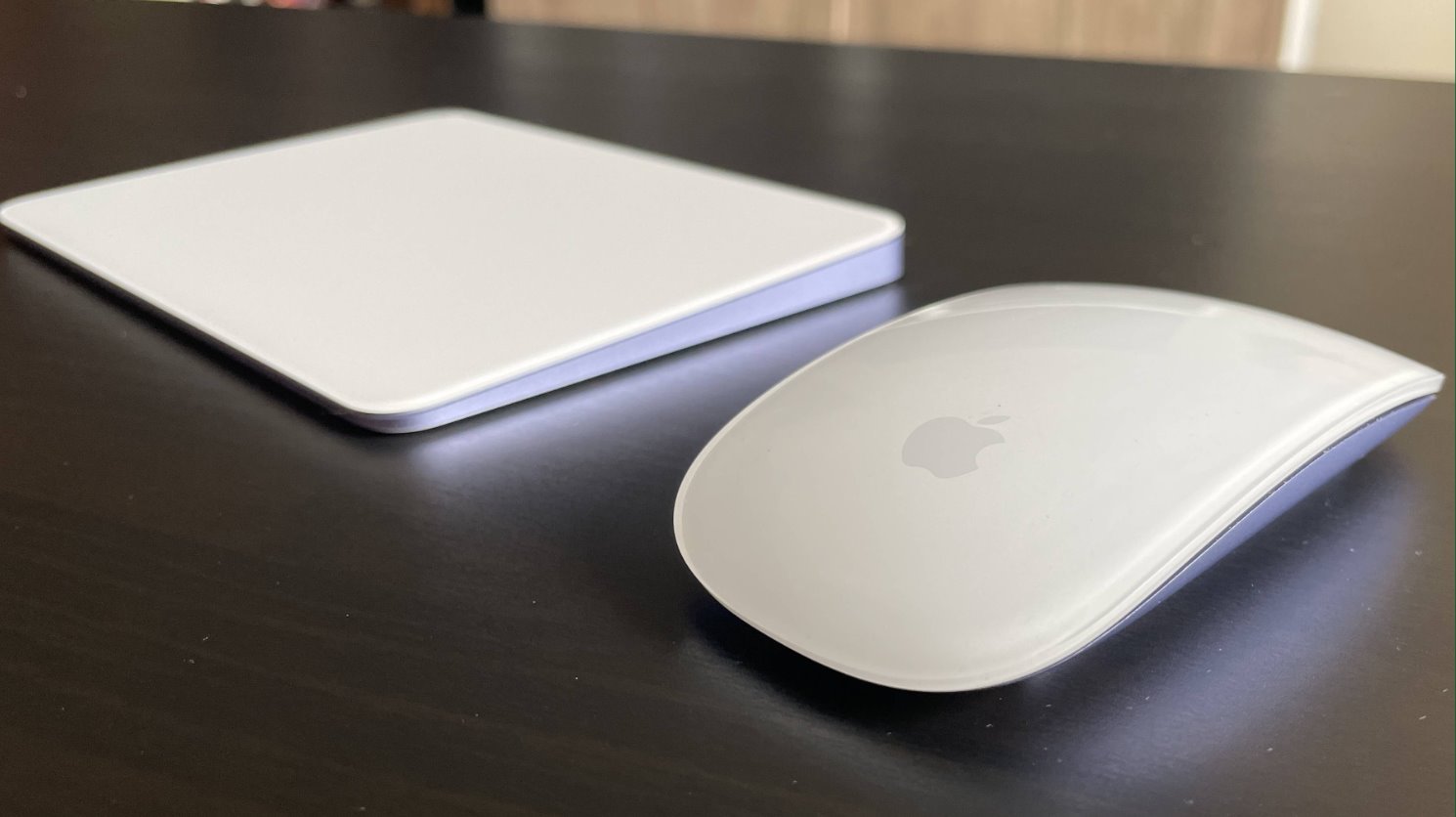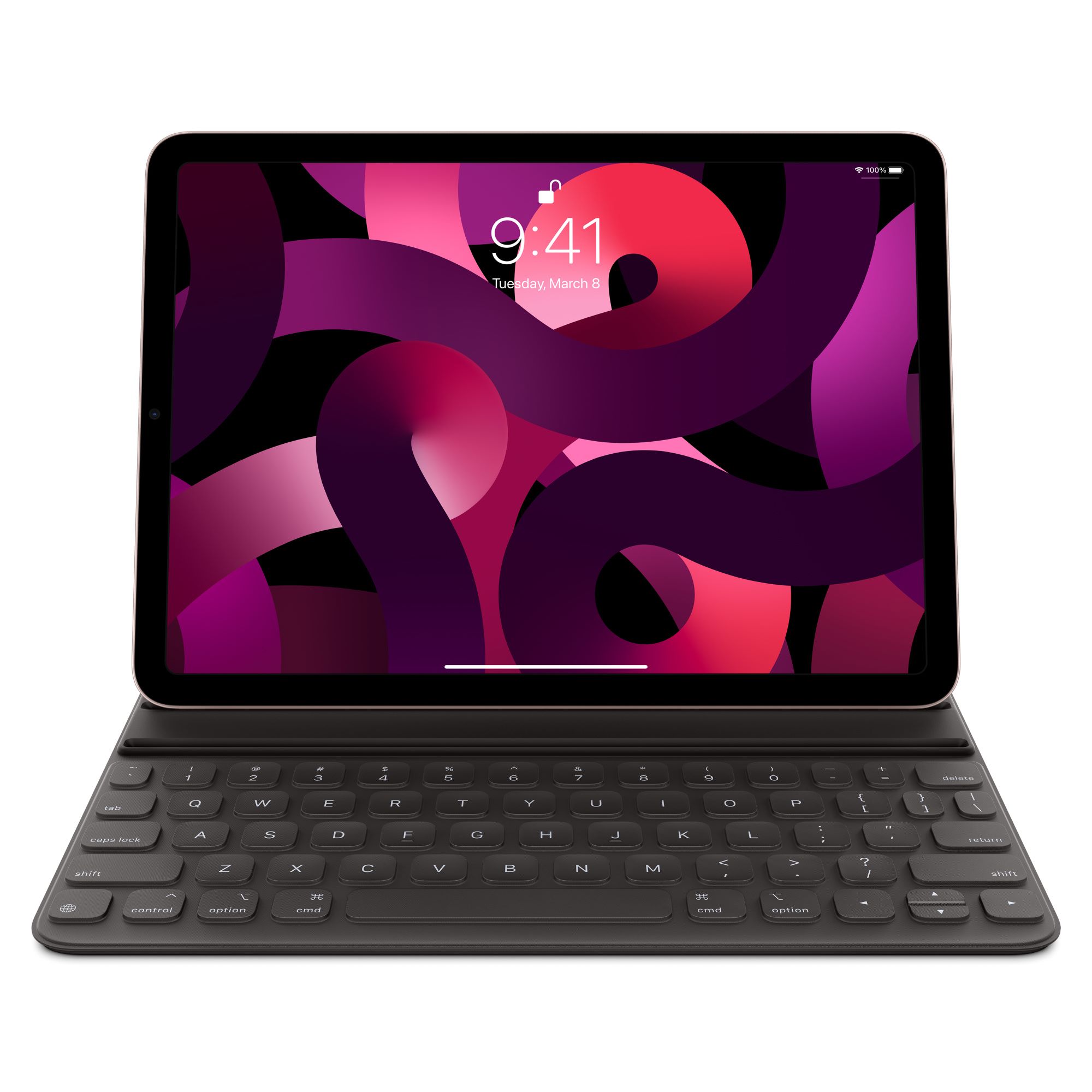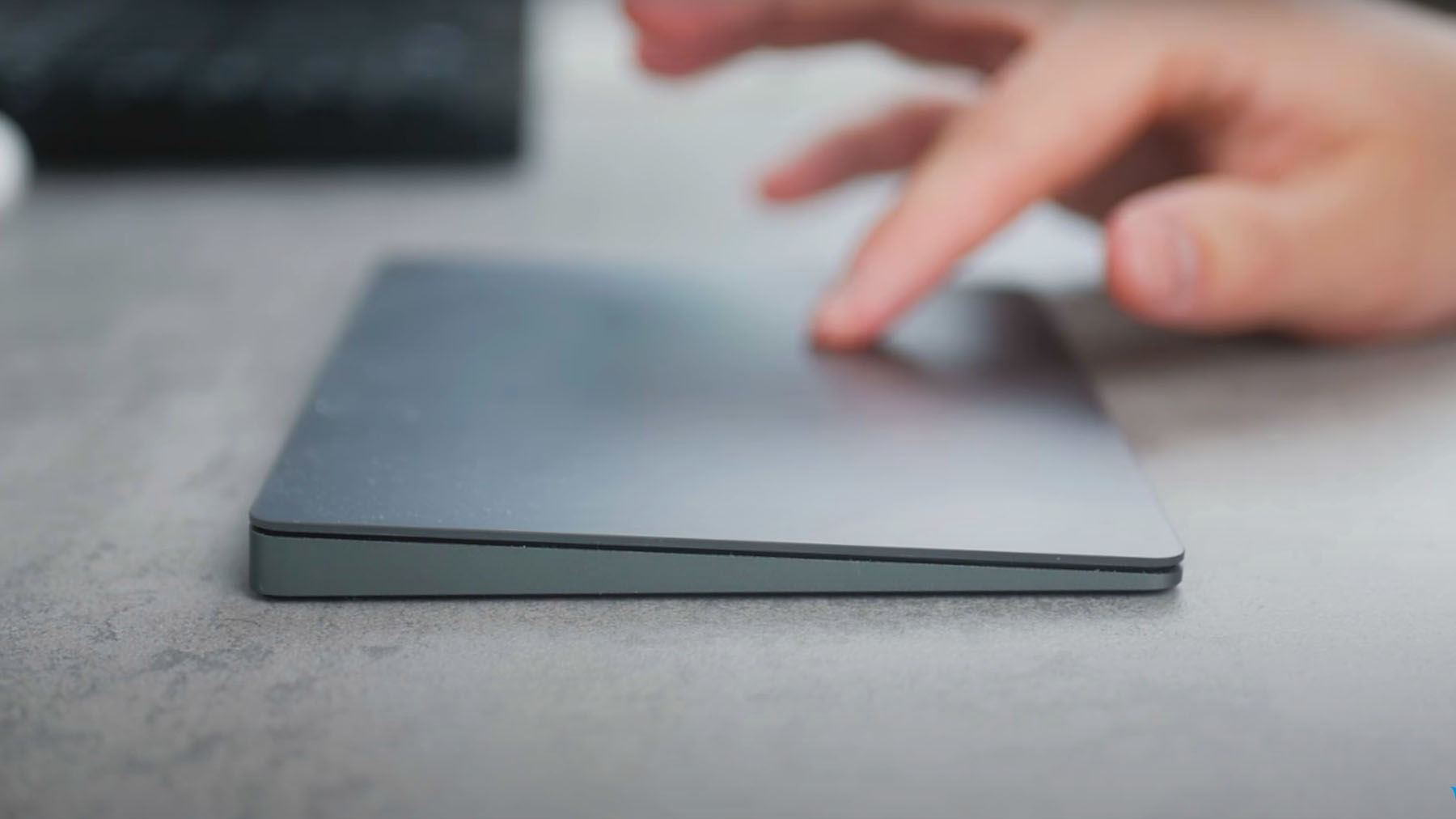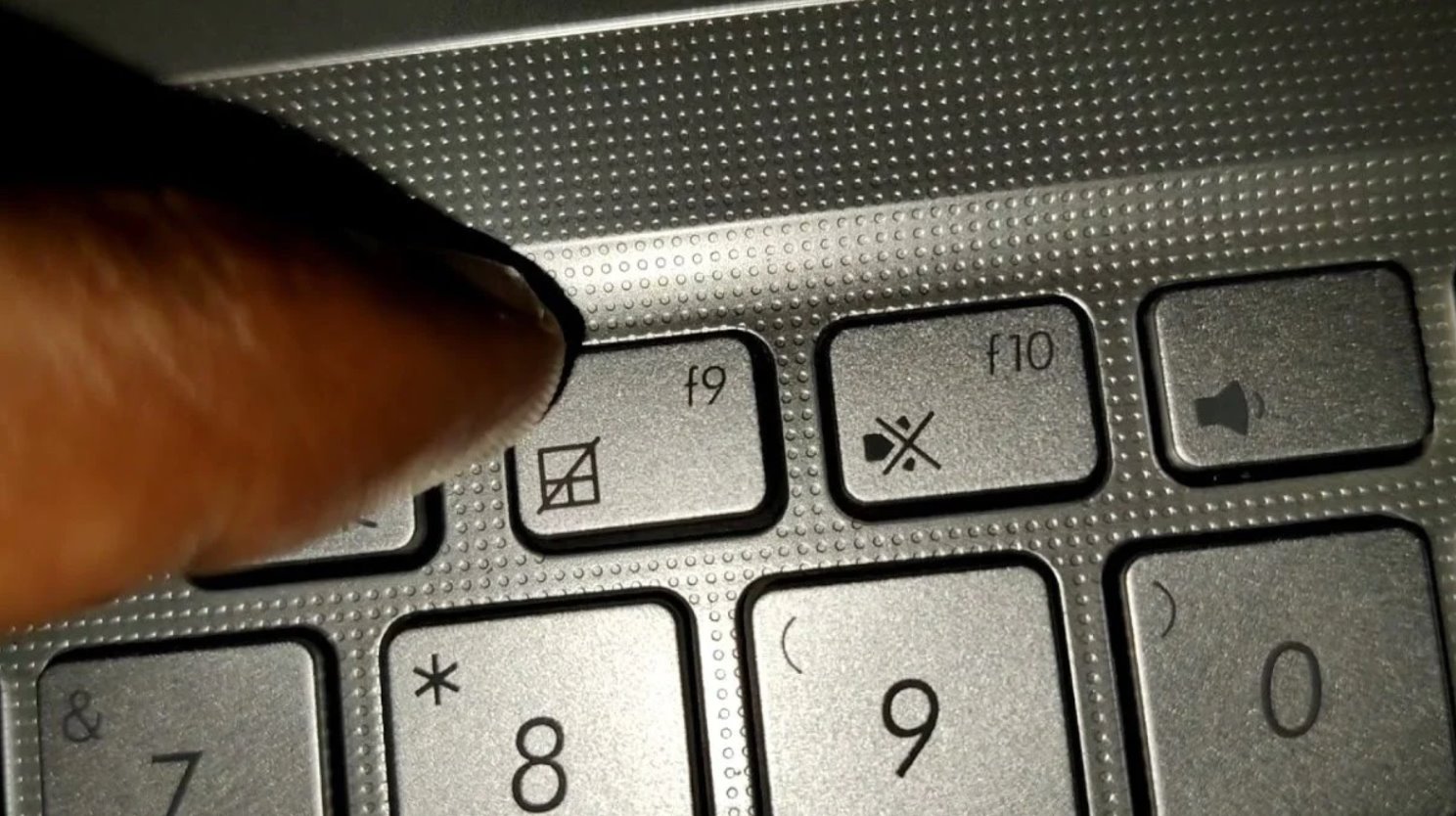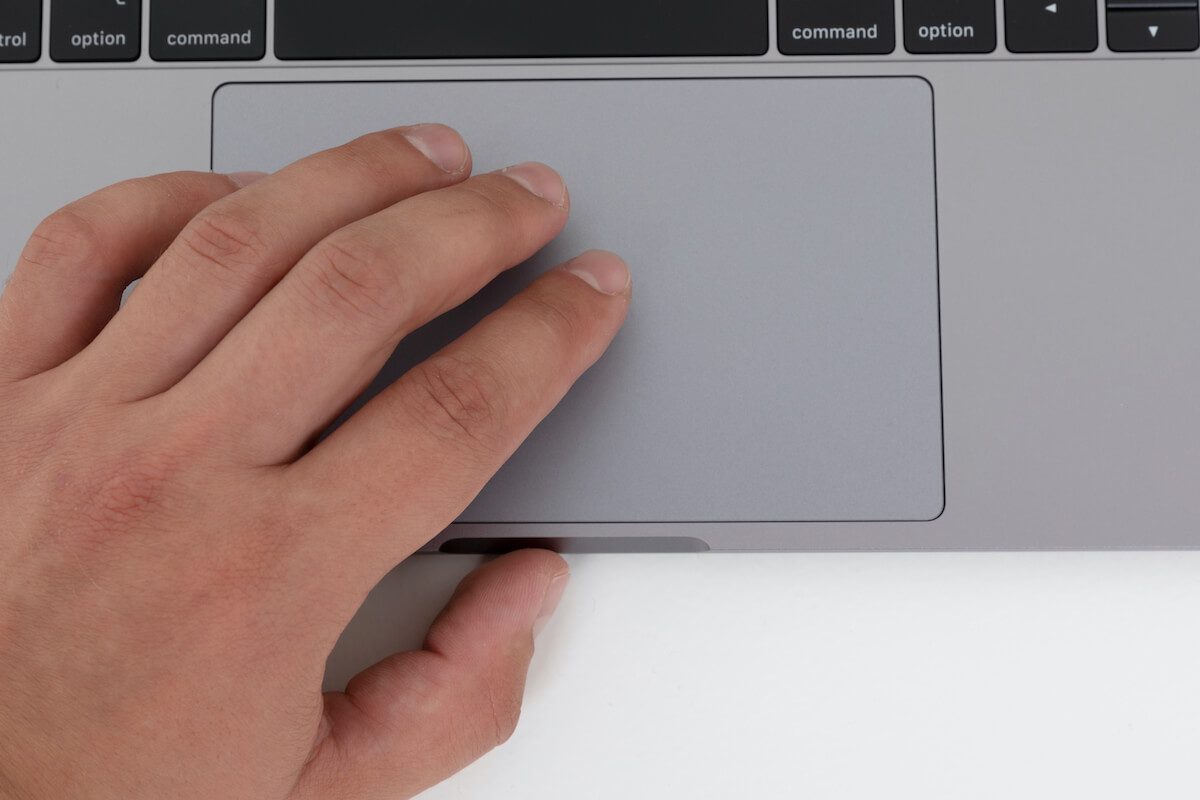Introduction
The trackpad, also known as a touchpad, is a vital component of laptops and modern computer systems. It serves as an alternative to using a traditional mouse, allowing users to navigate, click, and perform various gestures with ease. However, there are times when the trackpad may not work properly, leaving users frustrated and unable to carry out their tasks efficiently.
In this article, we will explore the common reasons why your trackpad might not be functioning correctly and provide troubleshooting steps to resolve the issue. Whether your trackpad is unresponsive, erratic, or experiencing other issues, we will guide you through the process of identifying and resolving the problem.
If you’re facing difficulties with your trackpad, it’s essential to first determine whether the issue is due to a hardware problem or a software glitch. Knowing the root cause will help you assess the appropriate solution. We will cover both hardware and software troubleshooting methods to ensure that you have all the information you need to fix your trackpad.
Before we dive into the troubleshooting steps, it is important to note that trackpad issues can vary depending on the device and operating system you’re using. However, most of the solutions provided in this article are applicable to a wide range of laptops and computers.
So, if you’ve been experiencing frustrations with your trackpad, let’s explore the potential causes and learn how to resolve them. By the end of this article, you should be equipped with the knowledge and tools to troubleshoot and fix your trackpad issues, bringing back its functionality and ensuring a smooth user experience.
Common Trackpad Issues
Trackpad issues can manifest in various ways, causing frustration and hindering productivity. Understanding the common problems that users encounter can help identify the underlying issue and find a suitable solution. Here are some of the most frequently reported trackpad problems:
- Unresponsiveness: One common issue is when the trackpad becomes unresponsive, causing cursor movements and gestures to have no effect. This can make it challenging to navigate and interact with the device.
- Jumpy or erratic cursor: Another frustrating problem is when the cursor moves unpredictably or jumps across the screen. This can make it difficult to accurately select or click on items.
- Inconsistent sensitivity: Some users may experience issues with the trackpad’s sensitivity, where it either becomes overly sensitive, resulting in accidental clicks, or becomes less responsive, requiring excessive pressure to register input.
- Trackpad gestures not working: Many laptops and operating systems support trackpad gestures for multitasking, such as pinch-to-zoom or swipe gestures. If these gestures stop working, it can limit productivity.
- Physical damage: Accidental spills, drops, or physical damage can also cause trackpad issues. If the trackpad gets wet or sustains damage, it may not function correctly.
While these issues can be frustrating, the good news is that many of them can be resolved through software tweaks or simple troubleshooting steps. In the following sections, we will look at different methods to diagnose and fix trackpad problems.
Checking for Trackpad Hardware Issues
When encountering trackpad problems, it’s crucial to first rule out any potential hardware issues. Sometimes, the problem may stem from a physical component rather than a software glitch. Here are some steps to help you check for trackpad hardware issues:
- Inspect the trackpad: Begin by visually examining the trackpad for any visible signs of damage or debris. Look for cracks, scratches, or loose connections. If you notice anything, it may indicate a physical issue that needs to be addressed.
- Clean the trackpad: Dust, dirt, and debris can hinder the trackpad’s functionality. Use a soft, lint-free cloth lightly moistened with water to clean the trackpad surface. Gently wipe away any smudges or dirt particles. Ensure that the trackpad is completely dry before using it again.
- Check the connection: If you’re using an external trackpad, ensure that it is properly connected to your computer. Disconnect and reconnect the trackpad to ensure a secure connection. For built-in trackpads, check the cable connection internally if possible.
- Restart your computer: Sometimes, a simple restart can resolve minor hardware glitches. Reboot your computer and see if the trackpad starts functioning correctly afterward.
- Use an external mouse: If you have an external mouse available, connect it to your computer and see if it works properly. If the external mouse functions without any issues, it may suggest a problem specific to the trackpad.
- Test in safe mode: Booting your computer into safe mode can help determine if any third-party software or drivers are causing conflicts with the trackpad. Restart your computer and enter safe mode. If the trackpad works fine in safe mode, it indicates that a software-related issue is causing the problem.
If you have followed these steps and continue to experience trackpad issues, it may be necessary to seek professional assistance or contact the manufacturer for further troubleshooting or repair.
Updating Trackpad Drivers
Outdated or incompatible trackpad drivers can often cause functionality issues. Updating the trackpad drivers can help resolve problems and ensure compatibility with the operating system. Here’s how to update the trackpad drivers:
- Identify the trackpad manufacturer: Determine the brand and model of your trackpad. This information can usually be found in the device specifications or the manufacturer’s website.
- Visit the manufacturer’s website: Go to the official website of the trackpad manufacturer and navigate to the support or downloads section.
- Search for the latest drivers: Look for the latest drivers specifically designed for your trackpad model and the operating system of your computer. Download the appropriate driver files.
- Install the updated drivers: Once the driver files are downloaded, double-click on the installer and follow the on-screen instructions to install the updated trackpad drivers.
- Restart your computer: After the installation, restart your computer to apply the changes and ensure that the updated drivers are fully functional.
- Test the trackpad: After the restart, check if the trackpad is working correctly. Test its responsiveness, sensitivity, and other functionalities to see if the driver update resolved the issues.
It’s worth noting that some trackpads may have specific software or driver packages that include additional features and configurations. Make sure to follow the manufacturer’s instructions regarding any specific software installations or additional settings that may be required.
If you’re unable to find suitable drivers from the manufacturer’s website or if the issue persists after updating the drivers, there may be other factors contributing to the trackpad problems that need further investigation.
Adjusting Trackpad Settings
Trackpad settings can have a significant impact on its functionality and responsiveness. Sometimes, tweaking these settings can resolve issues and improve the overall trackpad experience. Here are some settings adjustments you can try:
- Access the trackpad settings: On most computers, you can access the trackpad settings by going to the Control Panel (Windows) or System Preferences (Mac). Look for the “Mouse” or “Trackpad” section.
- Adjust sensitivity: Look for an option to adjust the trackpad sensitivity. You can increase or decrease the sensitivity to suit your preferences and ensure accurate cursor control.
- Enable/disable gestures: Many trackpads support gesture controls like pinch-to-zoom or three-finger swipe. Check if these gestures are enabled and adjust the settings as needed.
- Configure scrolling: Trackpads often have options for configuring scrolling behavior. You can choose between natural/standard scrolling and adjust the scroll speed to your liking.
- Disable tap to click: If you’re experiencing accidental clicks, disabling the “tap to click” feature can help. This requires physically pressing the trackpad to register a click.
- Update firmware: Some trackpads have firmware updates available through the manufacturer’s website. Check for any firmware updates specific to your trackpad model and follow the instructions to install them.
- Restore default settings: If you have previously customized your trackpad settings, consider restoring them to the default configurations. A combination of unusual settings may be causing the trackpad issues.
After applying these adjustments, test the trackpad to see if the issues have been resolved. If not, you can proceed to the next troubleshooting steps to identify and fix the problem.
Resetting the Trackpad
If adjusting the trackpad settings didn’t resolve the issues, resetting the trackpad to its default settings can help fix any software glitches or conflicts that may be causing the problems. Here’s how to reset the trackpad:
- Access the trackpad settings: Navigate to the Control Panel (Windows) or System Preferences (Mac) and locate the trackpad settings.
- Find the reset option: Look for an option that allows you to reset the trackpad settings. This option may vary depending on the manufacturer and the operating system.
- Perform the reset: Click on the reset button or choose the reset option to restore the trackpad settings to their default configurations.
- Restart your computer: After resetting the trackpad, restart your computer to ensure that the changes take effect.
- Test the trackpad: Once your computer restarts, test the trackpad to see if the issues have been resolved. Check for responsiveness, accuracy, and other functionalities.
Resetting the trackpad can often eliminate any software conflicts or incorrect configurations that may be causing the issues. It’s a simple yet effective troubleshooting step that is worth trying before moving on to more advanced solutions.
If the problem persists even after resetting the trackpad, there may be other underlying causes that need further investigation and troubleshooting.
Troubleshooting Other Possible Causes
If you’ve followed the previous troubleshooting steps and the trackpad issues persist, there may be other factors contributing to the problem. Here are some additional troubleshooting methods to consider:
- Check for software conflicts: Certain software or applications can interfere with the trackpad’s functionality. Try closing or disabling any recently installed programs to see if it resolves the issue. You can also try booting your computer into a clean boot mode, which disables all third-party software, to determine if a specific program is causing the problem.
- Scan for malware: Malware or viruses on your computer can cause various issues, including trackpad problems. Run a full scan using reliable antivirus software to detect and remove any malicious files that may be affecting your trackpad’s performance.
- Update your operating system: Outdated operating systems can sometimes lead to compatibility issues with hardware components. Check for system updates and install the latest patches and updates available for your operating system.
- Perform a system restore: If the trackpad issues started after a recent system change or update, consider performing a system restore to a point before the issue occurred. This can help revert any changes that may be causing the problems.
- Verify power settings: Power-saving settings or configurations may interfere with trackpad functionality. Check your power options and ensure that the settings are not set to disable or limit the trackpad when operating on battery power.
- Seek professional assistance: If you’ve exhausted all the troubleshooting steps and the trackpad issues persist, it may be necessary to consult a professional technician or contact the manufacturer’s support for further assistance. They can provide specialized guidance and diagnose any hardware-related problems.
By systematically troubleshooting these potential causes, you can narrow down the root of the trackpad issues and work towards finding a solution.
Remember, trackpad problems can vary depending on the device and operating system, so it’s important to adapt the troubleshooting steps to your specific setup.
Conclusion
Dealing with trackpad issues can be frustrating, but with the right troubleshooting steps, you can often resolve the problems and restore your trackpad’s functionality. In this article, we have explored the common trackpad issues that users encounter and provided various methods to troubleshoot and fix them.
We started by discussing the importance of determining whether the issue is hardware or software-related. We then covered steps to check for trackpad hardware issues, such as inspecting the trackpad for damage and cleaning it. We also explored how to update trackpad drivers, adjust trackpad settings, and reset the trackpad to its default configurations.
If the issues persist, we suggested troubleshooting other possible causes, including checking for software conflicts, scanning for malware, updating the operating system, performing a system restore, and verifying power settings. Additionally, we emphasized the importance of seeking professional assistance when needed.
Remember, trackpad problems can vary across different devices and operating systems, so adapt the troubleshooting steps accordingly. Keep in mind that these solutions are meant to address common trackpad issues, and there may be specific cases that require unique solutions.
Hopefully, by following the steps outlined in this article, you have been able to identify and resolve the trackpad problems you were facing. Remember to always keep your trackpad clean, update drivers regularly, and adjust settings to suit your preferences. If the issues persist or if you are unsure about the underlying cause, don’t hesitate to seek professional help.
With a functional trackpad, you can navigate your computer with ease and increase your productivity. Happy computing!









